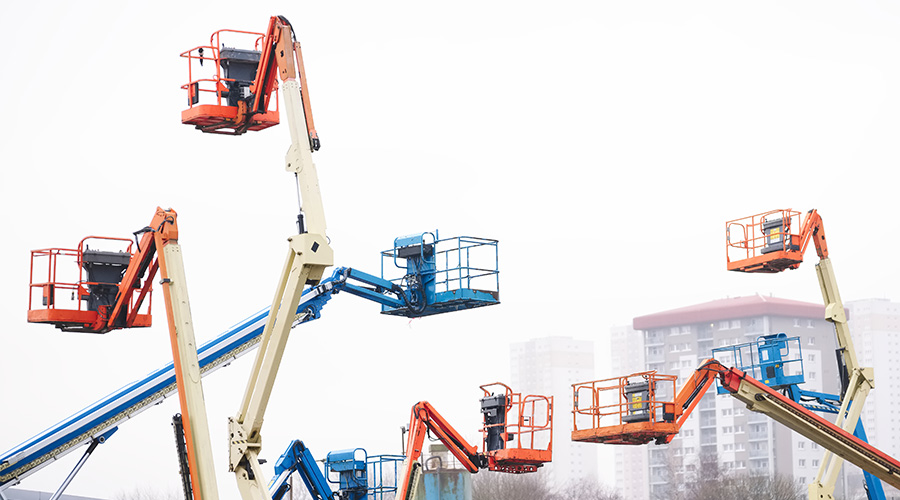Inventory Management: Avoiding Costly Mistakes
Maintenance and engineering departments rely on a readily available supply of spare parts and equipment to carry out their daily duties. The goal of managers is to deliver a reliable supply of these products using a cost-effective inventory management strategy.
Unfortunately, poor inventory management practices and systems end up costing departments and organizations dearly. By examining common mistakes in key areas of inventory management — including storage equipment, the role of computerized maintenance management systems (CMMS), and storeroom organization and supervision — managers can avoid costly missteps in this challenging process.
Key Questions
An effective inventory-management system ensures both parts availability and low cost. An operational assessment can reduce inventory costs 20 percent. This assessment is a useful tool for identifying the current status versus the optimum situation and developing an improvement plan. An operational assessment can provide answers to these questions:
What percent of items are included and up-to-date in the stores catalog? Does it have vendor parts drawings and vendor part numbers? Without an up-to-date and complete catalog, technicians will waste time hunting for the right parts for the job. How often are there out-of-stock occurrences each week and month?
What percent of major items and spares are maintained in the perpetual inventory system? Are the item master fields complete for each record? The item master should describe all items in detail. If field entries are missing, then reports that rely on those fields will be incomplete and have limited value.
For example, consider cross-referencing bearings — recording bearings that are identical from one manufacturer to another. Without this information, costly duplication can occur. With this interchange cross-reference, the stores supervisor can reduce the bearing inventory and related costs while maintaining high availability.
What percent of high-volume, low-cost, pre-expended items are controlled with a two-bin system? This tactic involves the 80-20 rule. Low-cost items generally represent 80 percent of the volume but probably only 20 percent of the inventory dollars.
Spending a lot of time handling these low-cost items in the perpetual-inventory system and at the stores window is unproductive. For example, the supervisor can place a small quantity of, say, 1/4-inch by 1-inch hex-head cap screws in a marked bag, with the rest placed in the same bin loose, so technicians can take them as needed without a withdrawal slip — pre-expended. When the technician uses the loose screws and opens the marked bag, the bag tag is the authority to buy more, using a travelling requisition that cycles back and forth between stores and purchasing, negating the need for creating paperwork for each transaction.
Are all withdrawals except those for pre-expended items controlled with a withdrawal procedure? Is the inventory updated manually or using a CMMS? While withdrawal records are crucial for tracking higher-cost items and updating the inventory count, a manual procedure can take more than 20 minutes per transaction, on average.
Using a scanner and bar-coded bin tags, the whole process takes a few minutes. Scan the bin tag data, key in the quantity on the scanner, scan the employee's identification, and upload the data a few times a shift to record withdrawals on the computer inventory.
What is the inventory cost trend? A trend of increasing costs is a warning sign that inventory management needs continuous improvement.
Other questions managers need
to answer:
- What percent of tool checkouts, returns, and repairs require a tool-control procedure?
- Does the department provide standardized tool lists for technicians? Does the department provide allowances to keep tools updated and productive?
- How many and what percent of tools are out of service for repair at
any time?
- On what percent of stores items are economic order quantities calculated?
- On what percent of stores items are minimum/maximum quantities set and maintained?
- On what percent of vendors is a vendor rating system maintained?
- What percent of material orders arrive on time?
Related Topics:













